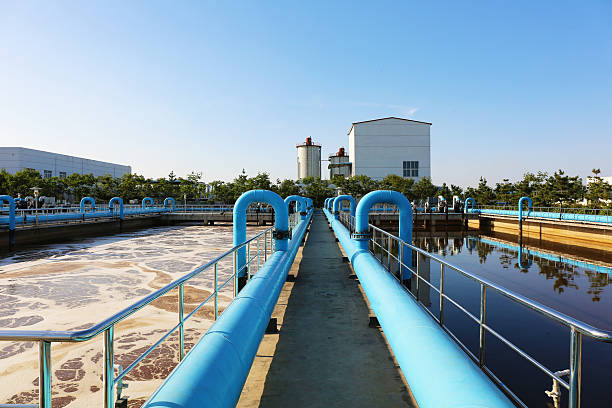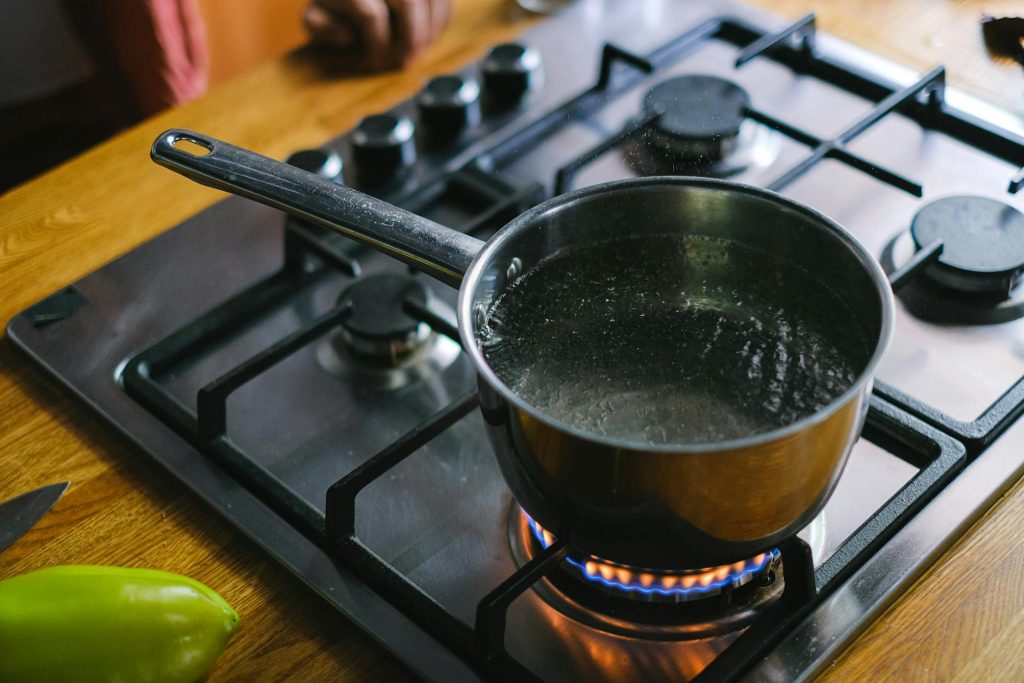Much like how human beings are primarily comprised of water, how water flows through a business is an essential and often underappreciated factor in its continued function.
If a business suddenly lost its water supply, so many of its core functions would almost immediately stop, and others would be significantly affected, which alongside business water rates makes smart and efficient use of water a priority in almost any business.
An increasingly popular trend in businesses that have the capacity to do so is to use reclaimed water as much as possible for non-drinking purposes, which involves the use of treated wastewater typically under the auspices of BS 8525-1:2010.
However, to understand how it can work for some businesses, it is important to note that not all wastewater is entirely the same nor can it be used for the same functionality.
The two main categories of wastewater are greywater and blackwater, which have very notable and important differences.
What Is Blackwater?
Blackwater is the type of wastewater most people think of when they consider the concept. It is water that is contaminated with various human-derived pathogens and typically is a byproduct of toilets specifically, although other sources of water can be contaminated in the same way.
Because of these pathogens, blackwater needs to be isolated from other sources of water and carefully processed at sewage treatment facilities before it is reused to ensure that it is not harmful, even at low levels of exposure.
This is why standing water and rising rivers can sometimes be a concerning alternative source of blackwater.
What Is Greywater?
By contrast, greywater is not water that is potable in any way, but it is typically wastewater that is generated from any source other than toilets in a home or office context, and any water that is free (or nearly free) from human pathogens and that can be reused for non-drinking purposes.
It is not entirely free from pathogens, as some residual human waste can emerge from water sources that involve washing clothes or washing the body. However, these traces are not hazardous under the typical conditions greywater would be used in.
It does often need treating, as whilst relatively limited in human pathogens, it does contain kitchen waste, organic matter and other contaminants that should be filtered out before it is reused again.
It also should not typically be stored for very long as in warm conditions its quality can deteriorate rapidly and potentially cause unwelcome smells
However, kept separate from blackwater, greywater can be reused in a variety of different non-contact ways in both a residential and a business context.
The main use it has is as flushing water for toilets, but it is also suitable for washing, irrigation, and agriculture, all of which reduce the need to use fresh water, reduce the stress of water systems and can during particular times of the year reduce or mitigate water scarcity.
Reusing as much water as possible makes sound business sense as recycling greywater is significantly cheaper once a suitable system is installed than relying on freshwater mains sources.



